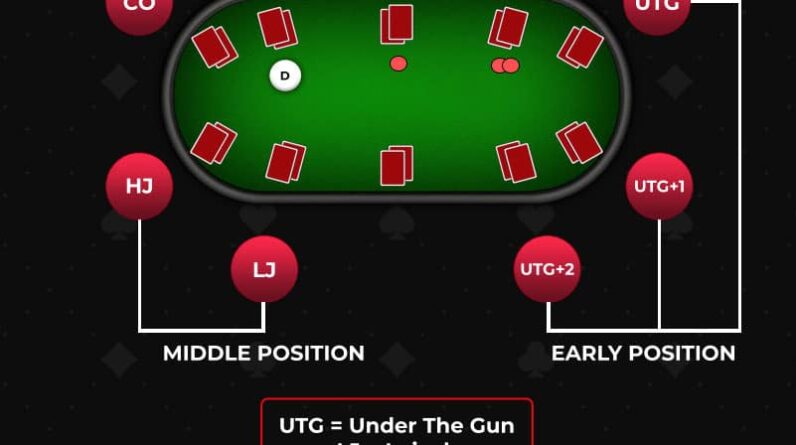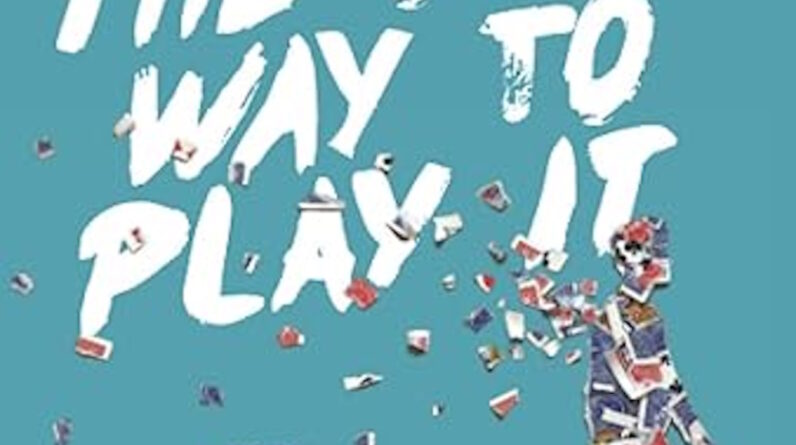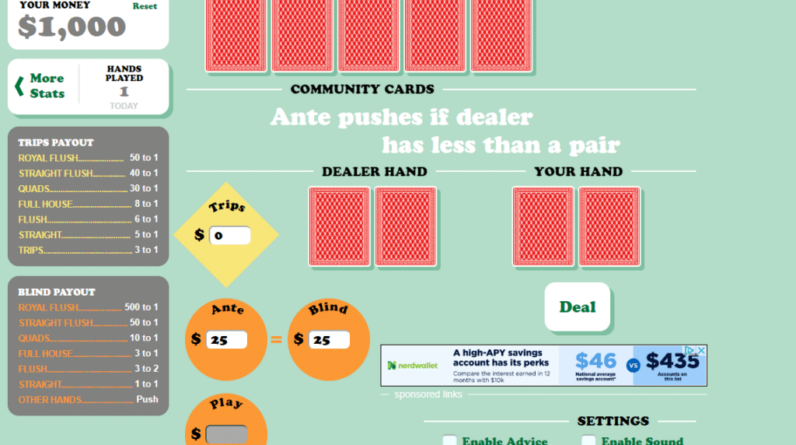When you reach the river with a missed flush draw, should you try and bluff your opponent, or is it best to give up?
That will be the focus of today’s article. I am going to share with you 3 tips for bluffing (or not bluffing)on the river when you hold nothing but a missed flush draw.
Let’s dive in!
Tip #1 – When in Doubt, Don’t Bluff
Flush draws are great semi-bluffing hands on the flop and on the turn. They have great equity to improve to the best hand when called and they benefit from folding out stronger hands.
On the river, however, things change greatly. Missed flush draws typically have the worst blockers with which to bluff, making it more likely your opponent holds a made hand that will call. Let’s take a common example to visualize it better.
Suppose you raise from the Button with Q♠ 7♠ and the Big Blind calls. The flop comes K♠ 8♠ 5♦. With your flush draw, you c-bet small on the flop and the Big Blind calls. The turn comes J♥. You double barrel a medium size like 75% pot and the Big Blind calls. The river comes 2♣.
So, how does Q7-suited fare in terms of blockers?
Unfortunately, the main hands that you block are part of your opponent’s folding range, like Q♠ Jx, Q♠ Tx, Q♠ 9♠, Q♠ 5♠, J♠ 7♠, and 7♠ 5♠. The only check-calling hand that we block is Kx Q♠.
Because your missed flush draw blocks a lot of your opponent’s folding range, and almost none of the calling range, a bluff will be called at a pretty high frequency.
It’s easy to see that you should steer away from bluffing with this type of hand. And this is the case the vast majority of the time when you have a missed flush draw.
Note: Learn step-by-step how to become the best player at the table when you join the Upswing Lab training course. Elite pros have been adding new content every week for the past four years, and you get all of it when you join. Learn more now!
Tip #2 – Always Consider All Your Possible Bluffing Hands
Bluffing in poker is not the way you win at poker, fundamentally speaking. The biggest drivers of expected value (EV) are the strong hands that can win when showing down after betting (aka value hands). Bluffing is built on top of those ranges in order to balance your range, which forces your opponent to bluff-catch with marginal hands.
If there were no bluffs in your range, and your opponent knew that, he could simply fold all the worse hands and you’d win nothing. (This is why very tight players often have a hard time getting paid off.) Thus, you need to add just enough bluffs to make him indifferent between calling and folding with his bluff-catchers.
If you have a ton of bluffing hands available, such as in the above example, you need to be very picky when it comes to bluffing hand selection. Otherwise, you might end up severely over-bluffing. Missed flush draws rank very low in these spots for the card removal reasons described in the previous section.
But, sometimes, you will not have a lot of bluffing hands available. When that is the case, you still need to build a balanced betting range, and flush draws might be just what you need to balance out your value hands. The key is to consider how many value hands you’d have in a situation, then figure out the appropriate number of bluffs.
Further reading: How to Win More Chips with Your Bluff-to-Value Ratios
Tip #3 – After Check-Calling a Bet, You Can Usually Bluff On the River After the Turn Checks Through
Building on top of the previous tip, there is one common scenario in which bluffing with a missed flush draw is quite an attractive option:
- You defended from the Big Blind against a raiser who has position on you
- You check-called on the flop
- The aggressor checked back on the turn
When these three things happen, the default switches from “when in doubt check” to “when in doubt bet” with a missed flush draw.
When you are out of position as the defender, you need to have some sort of equity to check and call a bet on the flop. You can’t just float with a bunch of nothing hands. This means you have a much narrower range that reaches the river — one that has many made hands and only some missed draws.
Let’s look at the example from the first tip, but this time from the perspective of the Big Blind. In case you forgot, the board was K♠ 8♠ 5♦ J♥ 2♣. You check-called on the flop, the turn went check-check, and it’s up to you to decide on the river betting strategy.
You don’t have a ton of missed hands to potentially bluff with in this spot. This is a pretty exhaustive list:
- Q♠ Tx
- Some low Ax suited that had a backdoor flush draw
- Some higher Ax that had a backdoor flush draw/straight draw (A♦ T♠, A9, A7)
- Straight draws with which you didn’t raise on the flop (such as 97s, 96s, 76, 64s)
- Flush draws that didn’t raise flop
Out of all these hands, you should definitely want to start bluffing with the missed straight draws and Q♠ Tx first because they have the best blocker effects, but you are still running short on bluffs to balance all of the top pair+ hands in your betting range. Flush draws are definitely going to be the next candidate to add to the bluffing range since they don’t block the ace-high hands that will surely fold (among other reasons).
Wrapping Up
Armed with these 3 tips, you should start playing a lot more accurately with missed flush draws on the river. It’s all about understanding how your range actually looks like in every scenario and then figuring out if other missed hands are abundant enough to not need to start bluffing with the missed flush draws or not.
That’s all for this article. I hope you learned something new and that you enjoyed reading it. If you have any questions or feedback please let me know in the comment section down below!
Want tips for a different type of draw? Check out How to Play Open-Ended Straight Draws in Cash Games.
Till’ next time, good luck, grinders!
Note: Ready to join 6,000+ players currently upgrading their No Limit Hold’em skills? Crush your competition with the expert strategies you will learn inside the Upswing Lab training course. Learn more now!







